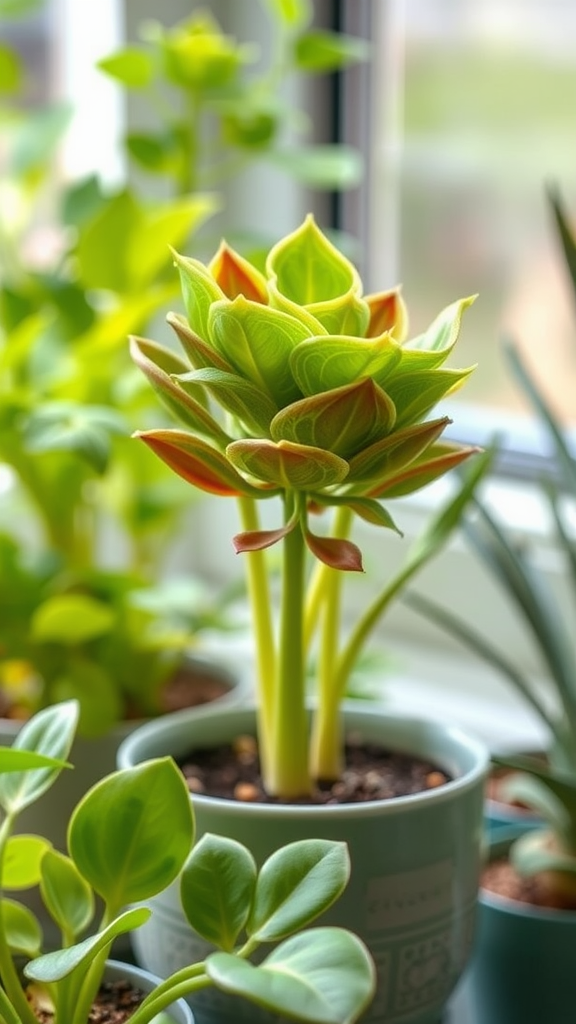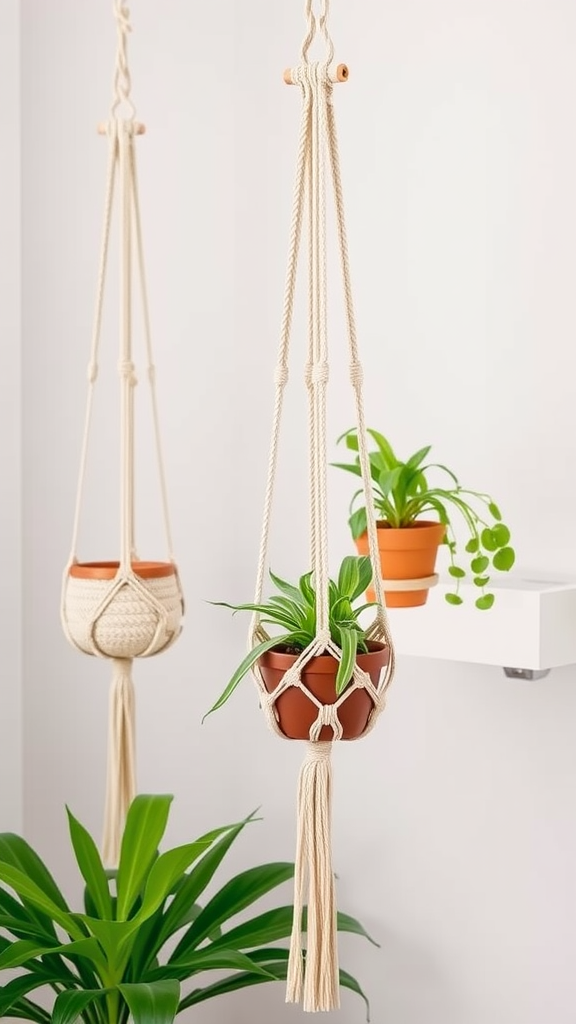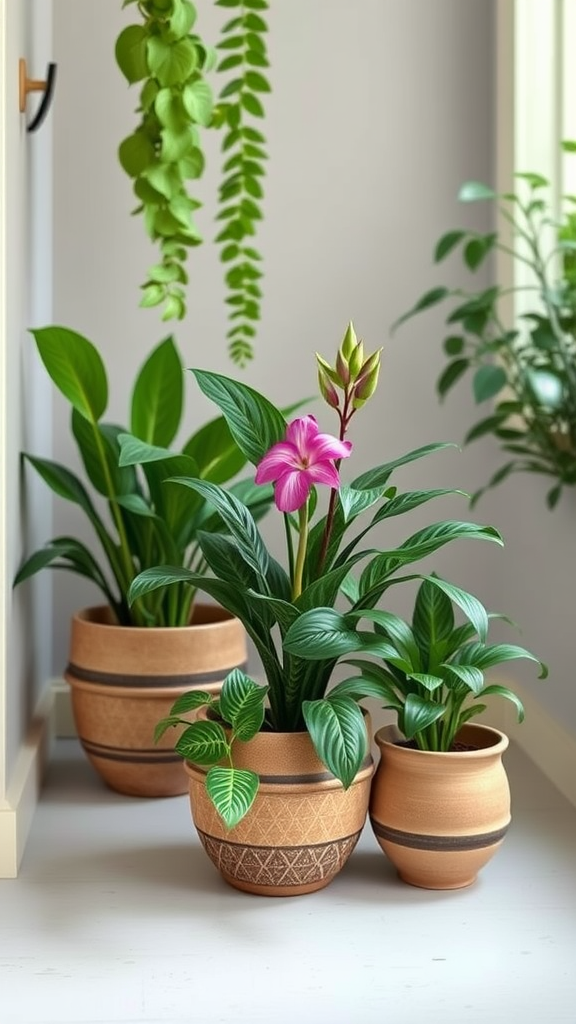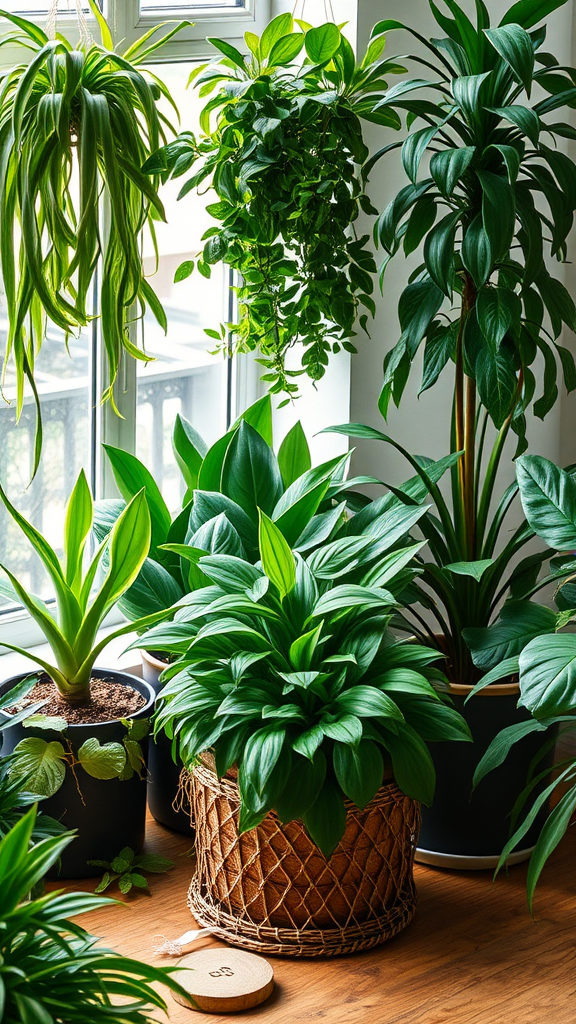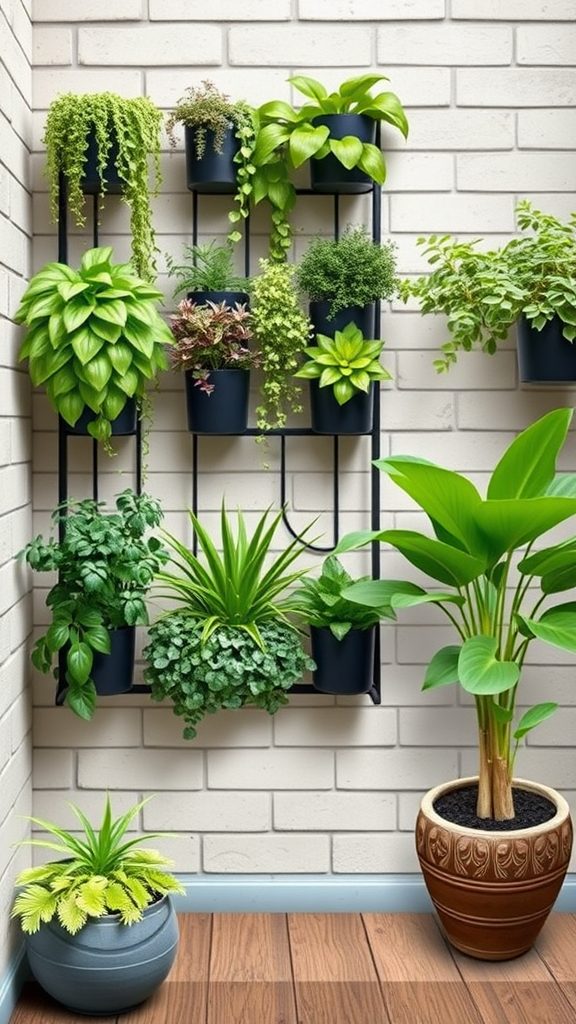Essential Plant Propagation Tips for Expanding Your Green Collection
Building your plant collection can be both a fun and rewarding hobby. One of the best ways to do this is through plant propagation, which allows you to grow new plants from your existing ones. Not only does this method save you money, but it can also give you a stronger bond with your green friends. Here are some essential tips to help you propagate your plants effectively and expand your collection.
Understand the Basics of Plant Propagation
Plant propagation involves creating new plants from seeds, cuttings, divisions, or other plant parts. It can be done both sexually (through seeds) and asexually (from cuttings). Understanding these methods will help you choose the right approach for the plants you want to propagate.
Start with the Right Plants
Some plants are easier to propagate than others. Here are a few great beginners’ choices:
- Succulents: These hardy plants are perfect for cuttings.
- Spider Plants: They produce ‘pups’ that can easily root.
- Mint: A simple stem cutting can grow into a new plant.
- Pothos: Known for its resilient nature, it roots well in water.
Gather Your Tools
Before you start propagating, make sure you have the right tools on hand:
- Sharp scissors or pruning shears for clean cuts.
- A potting mix suitable for the type of plant you are propagating.
- Containers or pots to hold your cuttings or seeds.
- A clear plastic bag or dome to maintain humidity for new plants.
Choose the Right Method of Propagation
Depending on the type of plant, you can choose from several propagation methods:
Cutting
For a cutting, snip a healthy section of stem just below a leaf node. Remove the lower leaves, then place the cutting in water or directly in soil. Keep the soil moist and in indirect light until roots develop.
Division
Some plants, like perennials, can be divided into smaller sections. Carefully remove the plant from its pot, and separate the root ball into sections. Replant each section in its own pot with fresh soil.
Layering
This method involves bending a stem so it touches the soil, then covering it with dirt while it’s still attached to the parent plant. It will develop roots while still receiving nutrients.
Optimize the Environment
Your new cuttings or seeds need the right environment to thrive:
- Humidity: Many cuttings need high humidity. Use a plastic bag or a humidity dome to create a mini greenhouse.
- Light: Indirect sunlight is ideal for most new plants. Too much direct light can scorch tender leaves.
- Temperature: Warm temperatures encourage growth. Keep your cuttings in a warm spot, ideally between 70°F and 75°F.
Be Patient and Monitor Progress
Plant propagation is not an overnight process, so patience is key. Check your cuttings regularly for signs of root growth. If you notice yellowing leaves or mold, adjust the environment or watering schedule accordingly.
Transplanting Your New Plants
Once your new plants have developed a solid root system, it’s time to transfer them into individual pots or your garden. Use a high-quality potting mix and ensure the pot has adequate drainage holes. Gently handle the roots to avoid shock during the transplant.
Share Your Success
Once your plants are growing well, consider sharing your excess plants with friends or family. Not only does this promote sharing the joy of propagation, but it also allows you to cultivate a community of plant lovers!
With these essential plant propagation tips, you can easily expand your green collection while enjoying the process. Remember, each plant has its own unique needs, so do a little research and adapt your methods accordingly. Happy propagating!
Innovative Techniques to Grow Plants from Cuttings and Seeds
Are you looking to expand your plant collection without spending a dime? Growing plants from cuttings and seeds can be both rewarding and economical. With the right techniques, you can easily propagate a variety of plants at home. Here are some innovative methods you can apply!
Understanding Cuttings
Cuttings involve taking a piece of a plant and enabling it to grow roots. This is a popular method for many houseplants and shrubs. Here’s how you can do it:
1. Choose the Right Plant
Some plants, like pothos, succulents, and geraniums, propagate easily from cuttings. Ensure your plant is healthy and disease-free before taking any cuttings.
2. Timing Matters
Spring and early summer are the best times to take cuttings. During these months, plants are actively growing, which enhances root development.
3. Take the Cutting
Using sharp scissors or pruning shears, cut a 4 to 6-inch section from the stem, just below a leaf node. Remove the lower leaves, leaving a couple of leaves at the top. This will help focus the plant’s energy on root growth.
4. Rooting Hormone (Optional)
Although not mandatory, using a rooting hormone can speed up the process. Dip the end of the cutting in the hormone before placing it in soil or water.
Water Propagation
This method is perfect for beginners and allows you to watch the roots grow. Here’s how to propagate using water:
- Fill a clear glass or jar with water, enough to submerge the cut end of your cutting.
- Place the cutting in the glass so that only the lower part is submerged.
- Change the water every few days to keep it fresh and oxygenated.
- Once roots reach about 2 to 3 inches long, you can transplant the cutting into soil.
Soil Propagation
For soil propagation, follow these steps:
- Prepare a small pot with well-draining potting mix.
- Make a hole in the soil with your finger or a stick and insert the cutting.
- Water the soil lightly, ensuring it’s moist but not soggy.
- Cover the pot with a plastic bag or a plastic dome to create humidity.
- Place it in bright, indirect light and remove the cover occasionally to prevent mold.
Growing from Seeds
Growing plants from seeds is another fantastic way to expand your garden, often at little to no cost. Here’s a simple guide:
1. Choose Quality Seeds
Start with high-quality seeds from a reputable source. You can often find seeds from your favorite vegetables, flowers, or herbs.
2. Prepare Your Seed Starting Mix
Opt for a lightweight seed starting mix that allows for good drainage. Avoid using regular garden soil, as it may be too heavy for seedlings.
3. Planting Seeds
Fill seed trays or pots with your mix and gently press it down. Place seeds on the surface and cover them lightly with the mix according to the seed packet instructions.
4. Provide the Right Environment
Keep the soil moist, but not soggy. Use a spray bottle to mist the soil until you see sprouts. Place trays in warm, well-lit areas or under grow lights.
5. Thin Your Seedlings
Once seedlings have grown a few inches tall and have developed a couple of true leaves, thin them out by snipping off the weaker ones. This gives the stronger plants room to grow.
Maintaining Your New Plants
Once your cuttings have rooted or seedlings have sprouted, it’s time to care for them:
- Water regularly but allow the top layer of soil to dry out between watering.
- Fertilize lightly with a diluted liquid fertilizer every few weeks.
- Inspect for pests and diseases frequently, especially when plants are young.
By following these innovative techniques, you can grow your plant collection for free and enjoy the satisfaction that comes from nurturing them from cuttings and seeds. Happy gardening!
Conclusion
Expanding your green collection through effective plant propagation can be both a rewarding and cost-saving endeavor. By mastering essential tips such as understanding your plants’ needs, using the right tools, and creating ideal conditions, you can set yourself up for success. Whether you’re sprouting new life from seeds or nurturing cuttings until they take root, each method has its own unique charm and challenges.
Embracing innovative techniques, like water propagation or using specialized soil mixes, allows you to explore the world of plant care more deeply. By experimenting with different strategies, you can discover which methods work best for your favorite plants. Remember, patience is key in propagation. Each cutting or seedling requires time and attention to flourish, so don’t rush the process.
Plant propagation is not just about expanding your collection; it’s a journey of learning and connection with nature. Each new plant tells a story of resilience and growth, reflecting the effort you put into nurturing it. So grab your scissors, gather your supplies, and dive into the world of plant propagation. With dedication and creativity, you’ll enjoy the fruits of your labor—literally and figuratively—while enriching your home with vibrant greenery. Whether you are a seasoned gardener or just starting out, these tips and techniques will help you cultivate a flourishing collection without breaking the bank. Happy planting!

